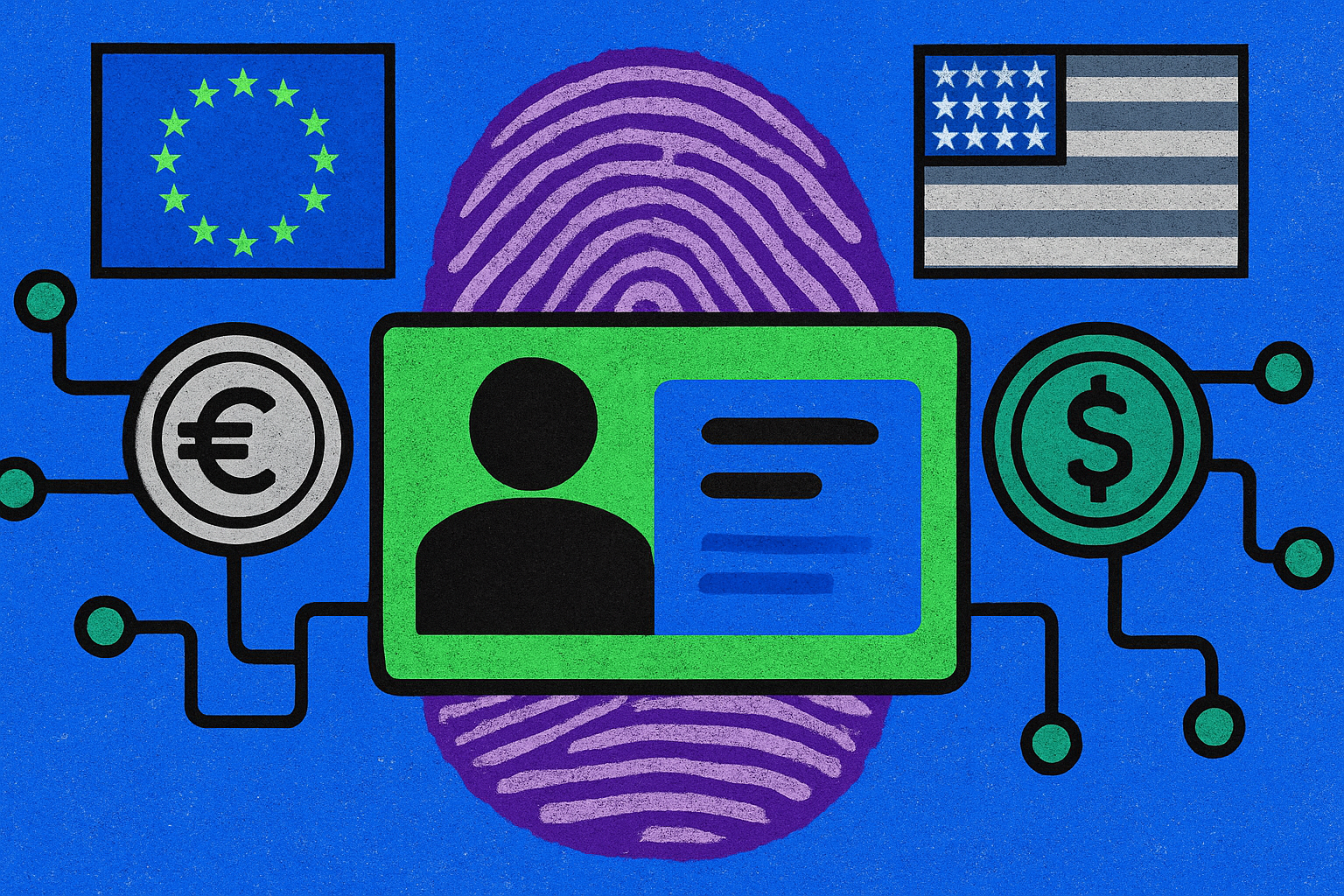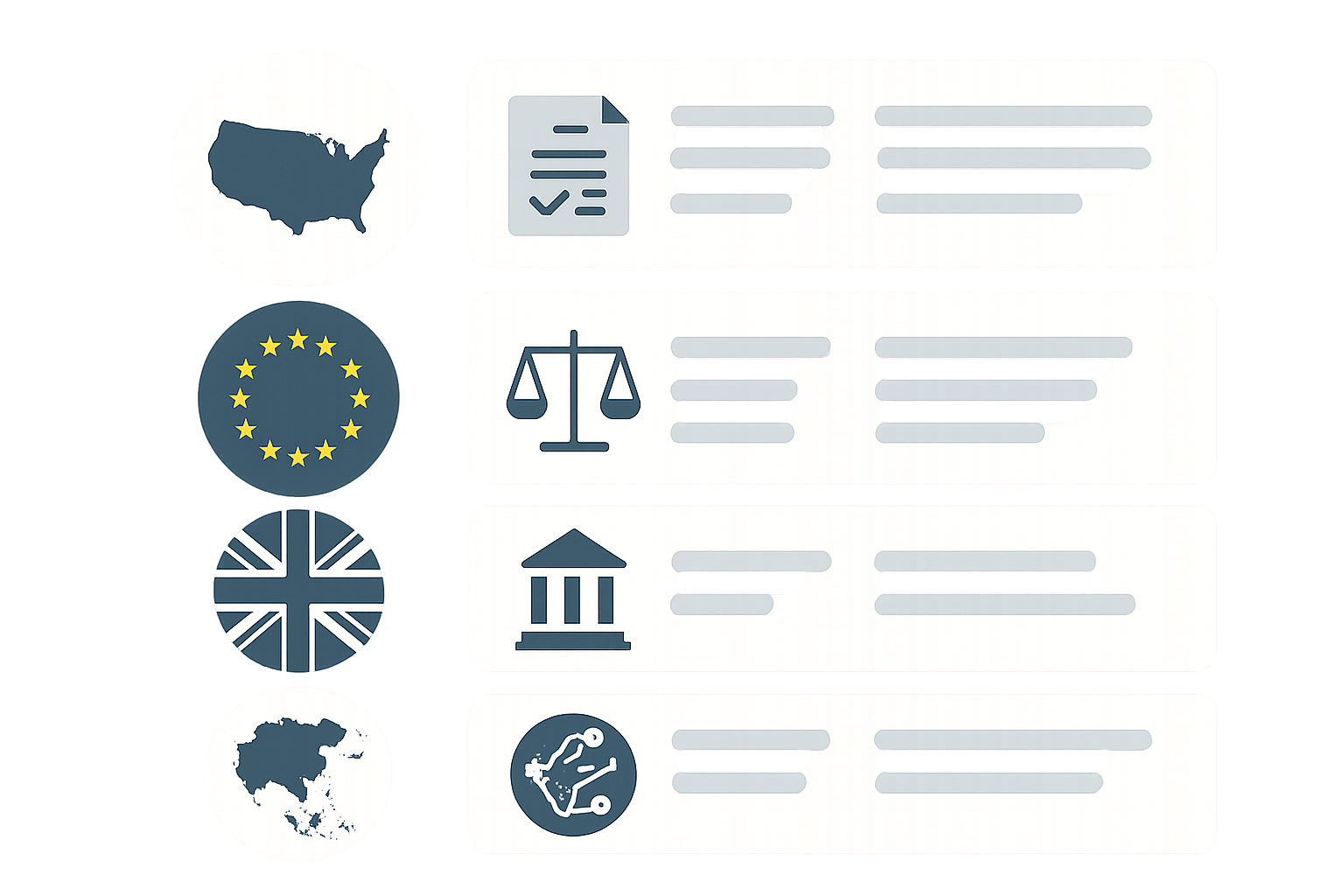
Asset tokenization is rapidly transitioning from theoretical promise to practical infrastructure, catalyzed by the maturation of stablecoin law cross-border and RWA tokenization regulation. As of September 2025, the global market for real-world asset (RWA) tokenization stands at $24 billion, up 308% over three years, according to CoinLaw. This explosive growth is not just a function of technological innovation but also a direct result of evolving regulatory clarity in key jurisdictions. For legal professionals and institutional crypto participants, understanding the regional differences in stablecoin and asset tokenization frameworks is now essential for compliance, risk modeling, and cross-border investment strategies.

United States: The GENIUS Act 2025, A New Regulatory Baseline
The United States has set a new global benchmark with the GENIUS Act, passed in July 2025. This legislation delivers long-awaited federal clarity for stablecoin issuance and RWA tokenization. Under the GENIUS Act, banks and licensed financial institutions can issue stablecoins fully backed by fiat currency or high-quality liquid assets like U. S. Treasuries, ushering in robust reserve requirements that directly impact both liquidity management and monetary policy transmission.
The act’s licensing regime introduces standardized disclosures, strict redemption protocols, and ongoing supervision by federal agencies. By explicitly enabling tokenization of real-world assets under regulated structures, the GENIUS Act positions U. S. -issued stablecoins as prime collateral for on-chain finance while encouraging further institutional adoption. The anticipated surge in demand for U. S. Treasuries by stablecoin issuers may also affect broader capital markets, a trend closely watched by market analysts.
European Union: MiCA Harmonizes RWA Tokenization Across Borders
The European Union’s Markets in Crypto-Assets Regulation (MiCA) went live in June 2024, creating a single passport regime for crypto firms throughout all member states. For stablecoins and asset-referenced tokens (ARTs), MiCA sets uniform reserve rules, issuer licensing standards, and cross-border supervision mechanisms, directly facilitating pan-European RWA tokenization projects.
However, regulatory debates persist around the so-called “multi-issuance” model, where identical stablecoins are issued across several EU countries by different branches of one company. The European Central Bank has flagged systemic risks linked to fragmented oversight under this approach. Ongoing consultations are expected to refine how MiCA applies to multi-jurisdictional issuers to ensure systemic stability without stifling innovation.
Global Regulatory Leaders in Stablecoin & RWA Tokenization (2025)
-
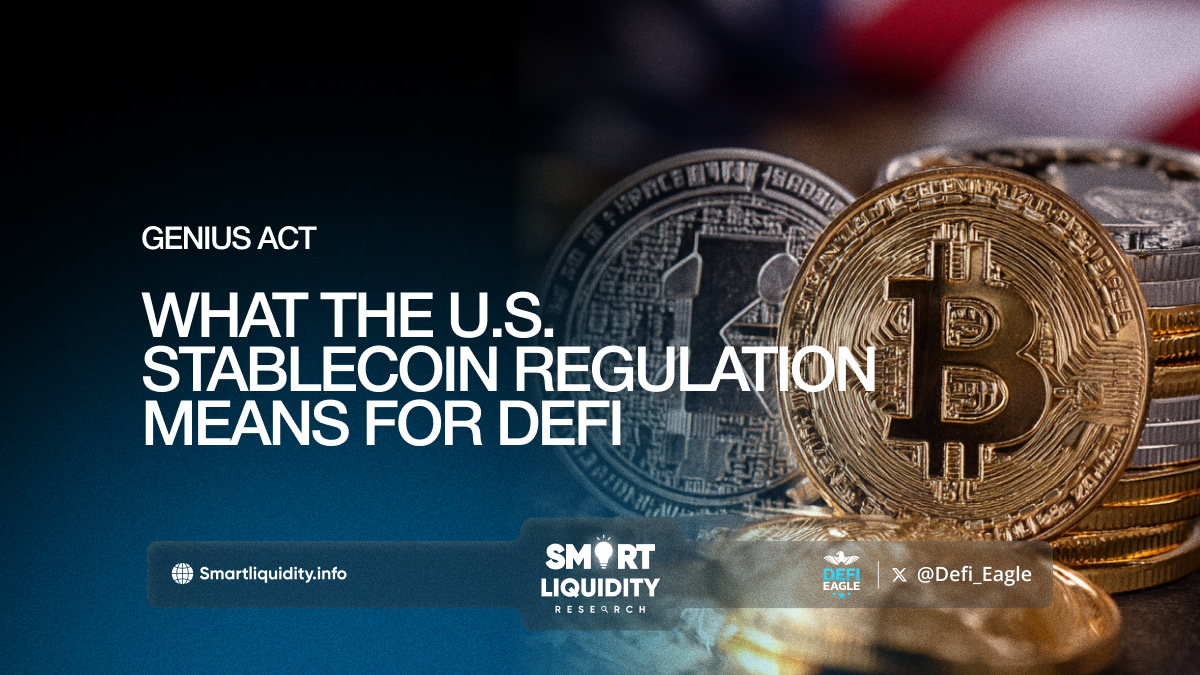
United States (US): GENIUS Act 2025 — The US set a new global benchmark by enacting the GENIUS Act in July 2025. This comprehensive federal law establishes clear licensing, reserve, and operational requirements for stablecoin issuers, allowing banks and financial institutions to issue stablecoins backed by fiat or high-quality collateral such as US Treasuries. The act is anticipated to boost demand for US Treasuries and foster institutional adoption of real-world asset (RWA) tokenization.
-

European Union (EU): MiCA Regulation — The EU’s Markets in Crypto-Assets Regulation (MiCA) became effective in June 2024, harmonizing rules for stablecoins and asset-referenced tokens across all member states. MiCA’s licensing regime supports cross-border RWA tokenization but faces challenges with multi-issuance stablecoin models, prompting calls for further legislative clarity to mitigate systemic risks.
-
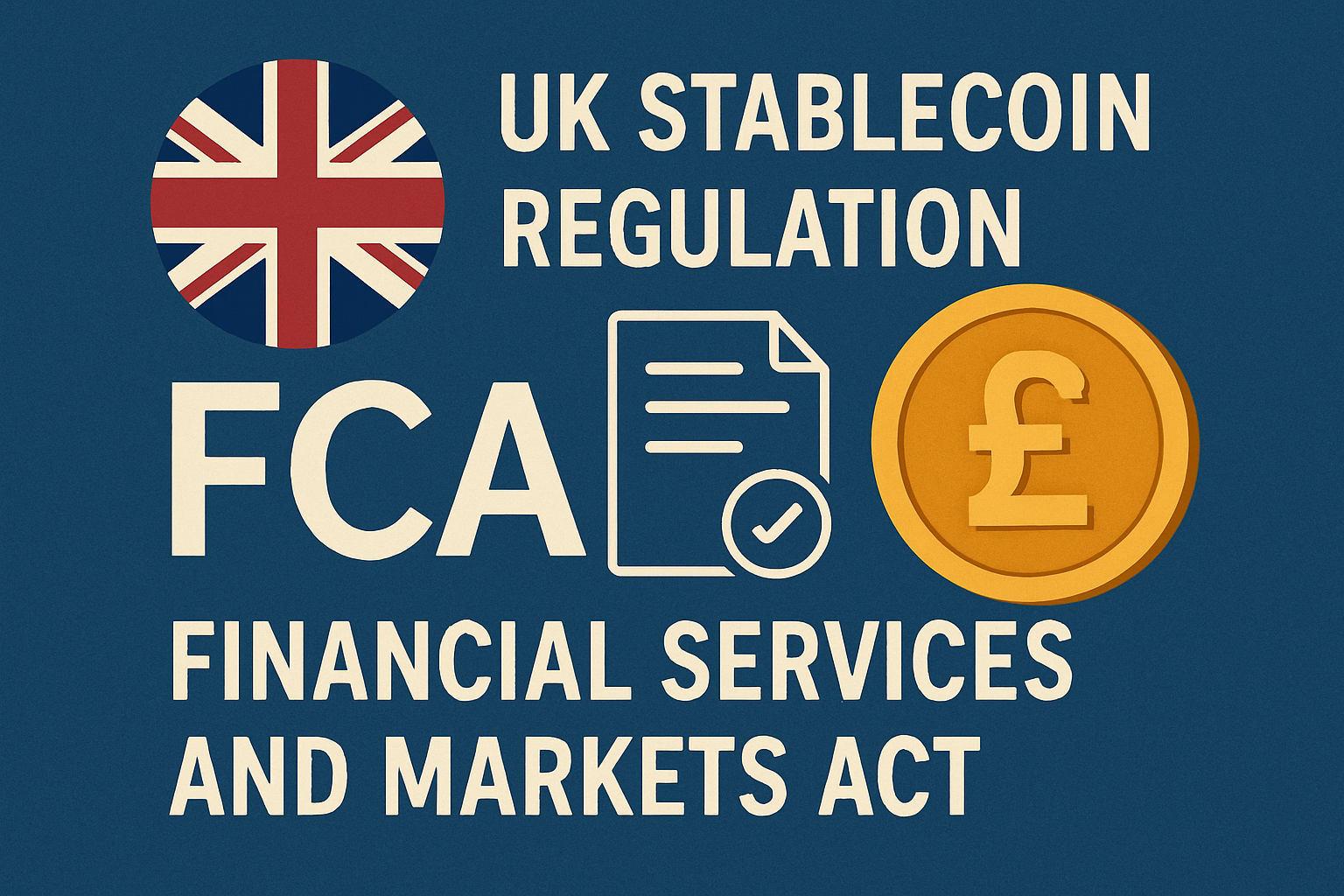
United Kingdom (UK): FCA-Led Regime — The UK is crafting a bespoke regulatory framework for fiat-backed stablecoins and exploring RWA tokenization under the Financial Services and Markets Act 2023. The Financial Conduct Authority (FCA) leads oversight, consulting on stablecoin issuance, custody, and the integration of tokenized assets into the broader financial system.
-

United Arab Emirates (UAE): Digital Asset Hub — The UAE cements its status as a digital asset leader through frameworks from ADGM (Abu Dhabi Global Market) and VARA (Virtual Assets Regulatory Authority). The Central Bank’s Payment Token Services Regulation provides clear licensing for stablecoin issuers and RWA tokenization platforms, requiring full fiat reserves and regulatory approval for dirham-pegged tokens.
-
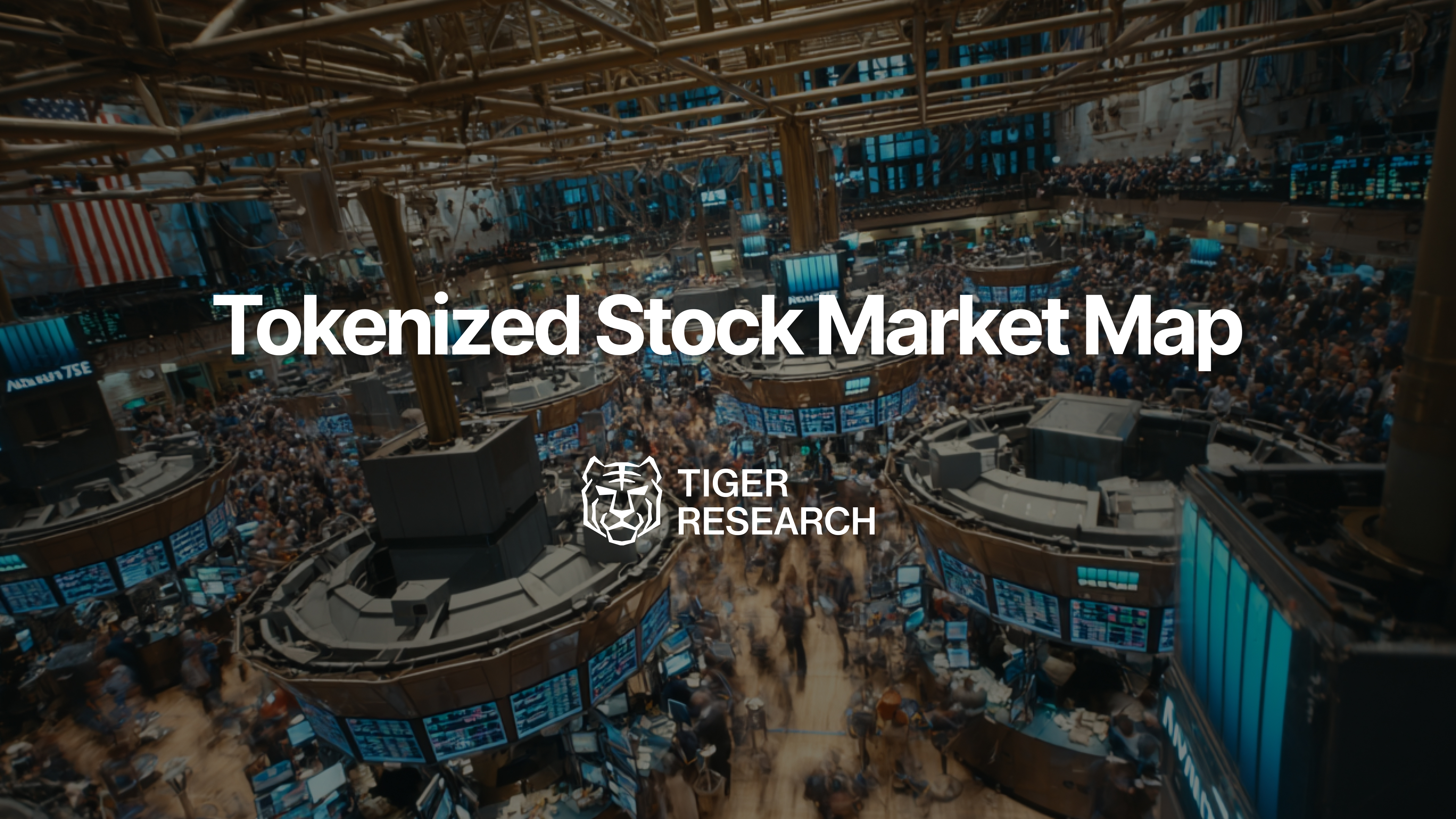
Asia (Singapore, Hong Kong, Thailand): Regulatory Trailblazers — Asia’s leading financial centers are rapidly advancing regulatory clarity. Singapore’s MAS requires full reserves and regular audits for stablecoin issuers. Hong Kong’s SFC and Monetary Authority have established licensing and reserve rules, while Thailand is piloting regulated tokenized securities, positioning the region at the forefront of compliant RWA tokenization.
United Kingdom: Bespoke Regime Under Development
The United Kingdom is carving its own path post-Brexit with a bespoke regulatory framework for fiat-backed stablecoins under the Financial Services and Markets Act 2023 (FSMA). In May 2025, the Financial Conduct Authority (FCA) released Consultation Paper 25/14 outlining proposed requirements for stablecoin issuance, including mandatory registration, capital adequacy standards, segregation of client assets, and regular audits.
Importantly for institutional investors eyeing real-world asset crypto compliance opportunities in London’s vibrant financial markets, UK regulators are actively studying RWA tokenization models within sandbox environments. The FCA aims to balance innovation with robust consumer protection as it refines its approach to integrating on-chain representations of bonds, equities, real estate titles, and other tangible assets into mainstream finance.
Why Regional Regulatory Divergence Matters
This patchwork of approaches, from the prescriptive GENIUS Act in the US to MiCA’s harmonized passporting in Europe and bespoke UK rulemaking, creates both opportunities and friction points for cross-border investment vehicles powered by stablecoins or RWAs. Regulatory arbitrage remains a concern but so does fragmentation risk if interoperability standards lag behind market demand.
For legal teams and crypto compliance officers, the challenge is to navigate these evolving frameworks while anticipating how new rules will impact issuance structures, reserve management, and investor onboarding. The interplay between regional regimes is already shaping product design: U. S. -based stablecoin issuers must weigh the GENIUS Act’s federal requirements against MiCA’s cross-border passporting for European expansion, while UK firms may find competitive advantage in regulatory sandboxes but face stricter audit and capital standards.
United Arab Emirates: ADGM and VARA Lead Regulatory Certainty
The United Arab Emirates (UAE) has positioned itself as a global digital asset hub through its dual-regulator approach: Abu Dhabi Global Market (ADGM) and Dubai’s Virtual Asset Regulatory Authority (VARA). Both offer clear licensing pathways for stablecoin issuers and RWA tokenization platforms. The Central Bank’s Payment Token Services Regulation, effective since June 2024, mandates full-reserve backing for dirham-pegged stablecoins and stringent AML/CFT controls. This clarity attracts institutional capital seeking regulatory certainty for tokenized real estate, commodities, and other RWAs, especially in cross-border structures spanning the Gulf, Europe, and Asia.
With ADGM facilitating institutional-grade custody solutions and VARA supporting innovative DeFi pilots under strict oversight, the UAE exemplifies how regulatory clarity can drive both adoption and international investment flows. As a result, UAE-licensed platforms are emerging as preferred venues for compliant RWA tokenization in the MENA region.
Asia: Singapore, Hong Kong, Thailand Accelerate RWA Compliance
Asia’s leading financial centers are rapidly advancing stablecoin law cross-border frameworks tailored to their unique market dynamics. Singapore’s Monetary Authority (MAS) requires stablecoin issuers to register locally, maintain full reserves in Singaporean banks, and undergo regular independent audits. This approach underpins both institutional trust in Singapore-issued stablecoins and the success of government-backed tokenized bond pilots.
Hong Kong passed its own stablecoin bill in May 2025, requiring all fiat-referenced stablecoins issued or marketed locally to be licensed by the Hong Kong Monetary Authority. Reserve segregation rules, redemption timelines, and robust risk controls are now prerequisites for market entry. Meanwhile, Thailand is piloting regulated tokenized securities within a sandbox environment overseen by its Securities and Exchange Commission, creating a pipeline for compliant RWA products accessible to Southeast Asian investors.
Cross-Border Impact: What Legal Teams Must Watch
The convergence of these regional frameworks signals a new era of legal certainty for real-world asset crypto compliance, yet also introduces complexity at scale. Legal professionals must track not just licensing or reserve requirements but also interoperability standards around AML/CFT screening, disclosure protocols, and redemption rights across jurisdictions. For example:
- GENIUS Act: U. S. -issued stablecoins could become default collateral for global DeFi if accepted under MiCA or UK regimes.
- MiCA: EU passporting may pressure other regions to harmonize disclosure or reserve rules, or risk regulatory arbitrage.
- UAE/Asia: Clear licensing accelerates institutional adoption but requires granular due diligence on local custodial standards.
The next phase will likely see greater convergence on technical standards (e. g. , public blocklists for sanctioned wallets), mutual recognition of licenses between key markets, and new opportunities for programmable compliance built into smart contracts. For now, institutions must remain agile, leveraging up-to-date regulatory intelligence to structure offerings that can scale across borders without running afoul of local law.
“The future of finance is being written in code, but enforced by law. ”


